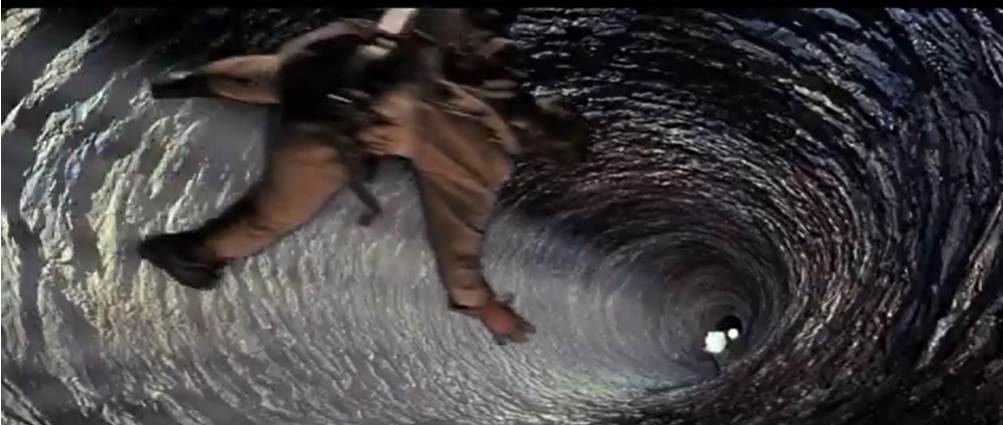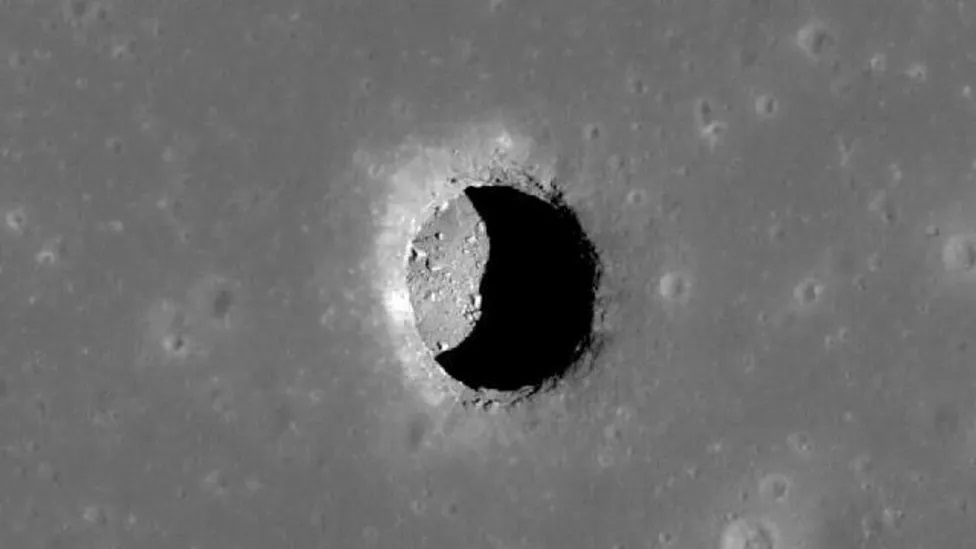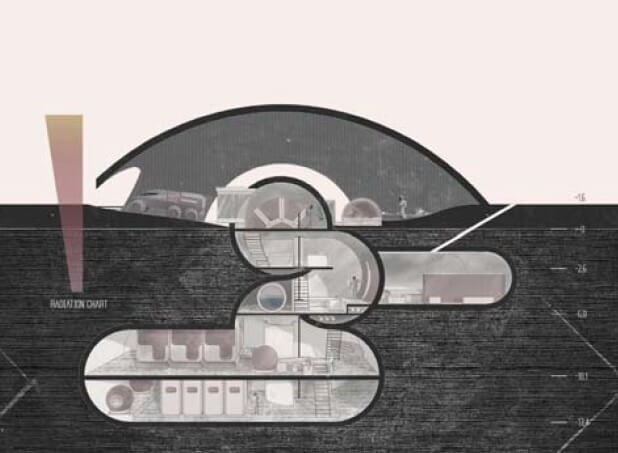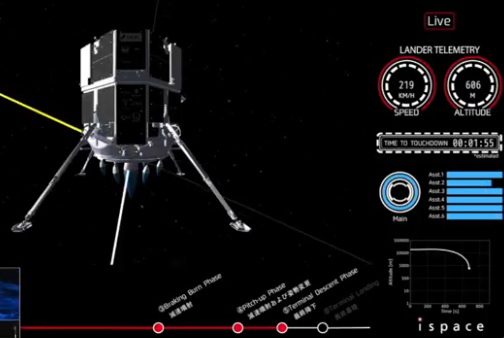When H G Wells imagined a species of space creatures called Selenites living under the lunar surface in his sci-fi novel The First Men in The Moon, it was still unknown if such spaces even existed. While lunar sink holes and pits have long been accepted as part of the Moon’s geography, the notion of underground caves were merely suspicions. Finally, over a century since his work was published in serial form, Wells’s vision has been proven true.

Created by Farah Ghouri using ChatGPT

A fictional astronaut hanging over a lunar pit in The First Men in the Moon (1964). Courtesy: Columbia
An international team of scientists recently examined photographs of Moon pits in the Sea of Tranquillity (where, incidentally, Apollo 11 landed) originally taken by the Lunar Reconnaissance Orbiter in 2010. Using radar data, they discovered that the hundred-metre-wide pit was indeed the entrance to a cave more than 130 metres deep. The investigation also uncovered the possibility of off-shoot lava tubes emanating from the cave.

The lunar cave entrance spotted in the Sea of Tranquillity on the Moon. Courtesy: NASA
What’s so good about a cave?
Scientists have received the news with excitement because caves on the Moon could provide protection for astronauts from cosmic and solar radiation, and shelter with a stable temperature. There has been speculation that a lunar cave network could one day be utilised as a natural underground base for astronauts, and architects have already started designing lunar cave dwellings in frenzied anticipation.

TU Vienna student architectural design for a astronaut lunar training centre with the habitat partially underground. Courtesy: TU Vienna








